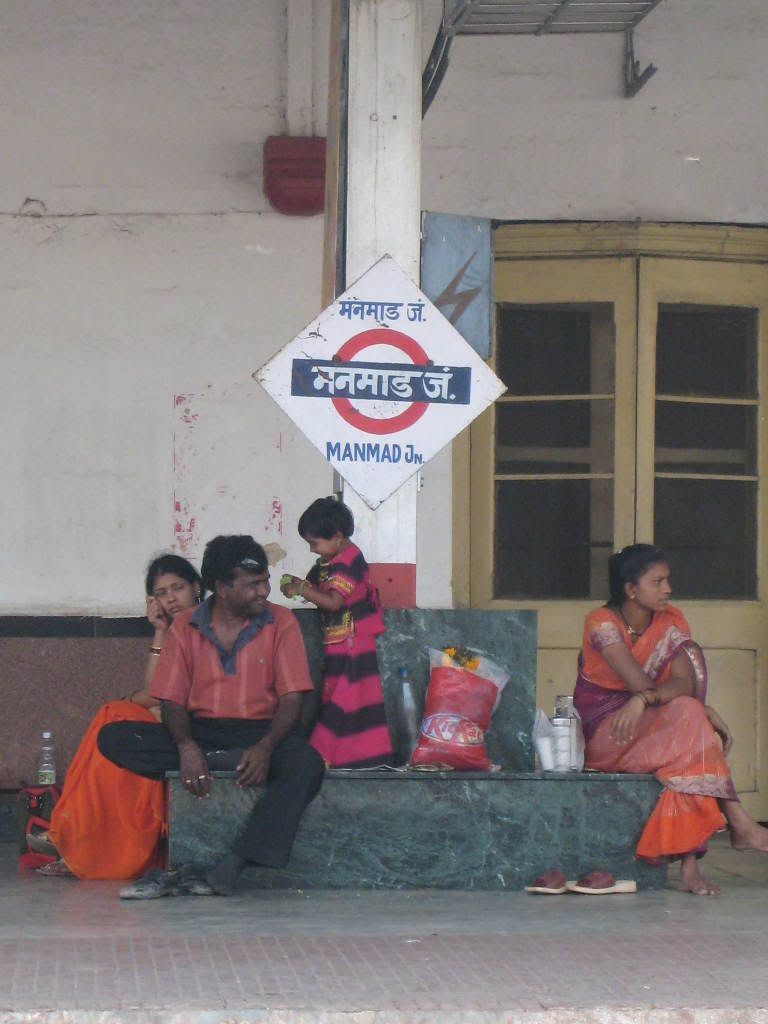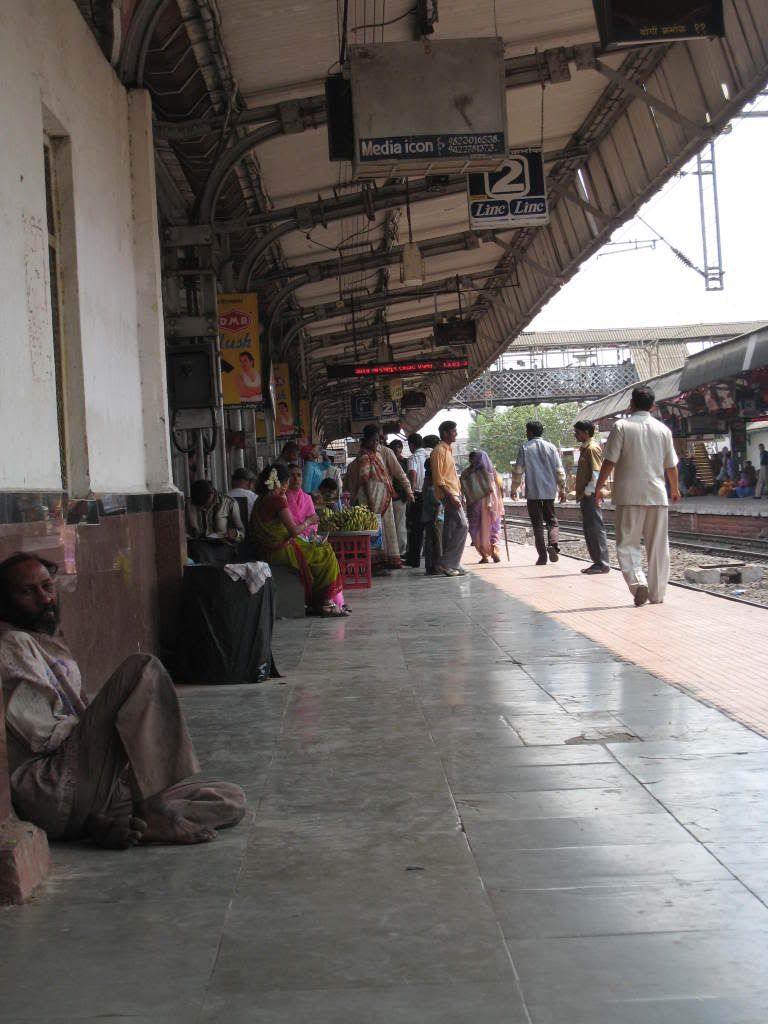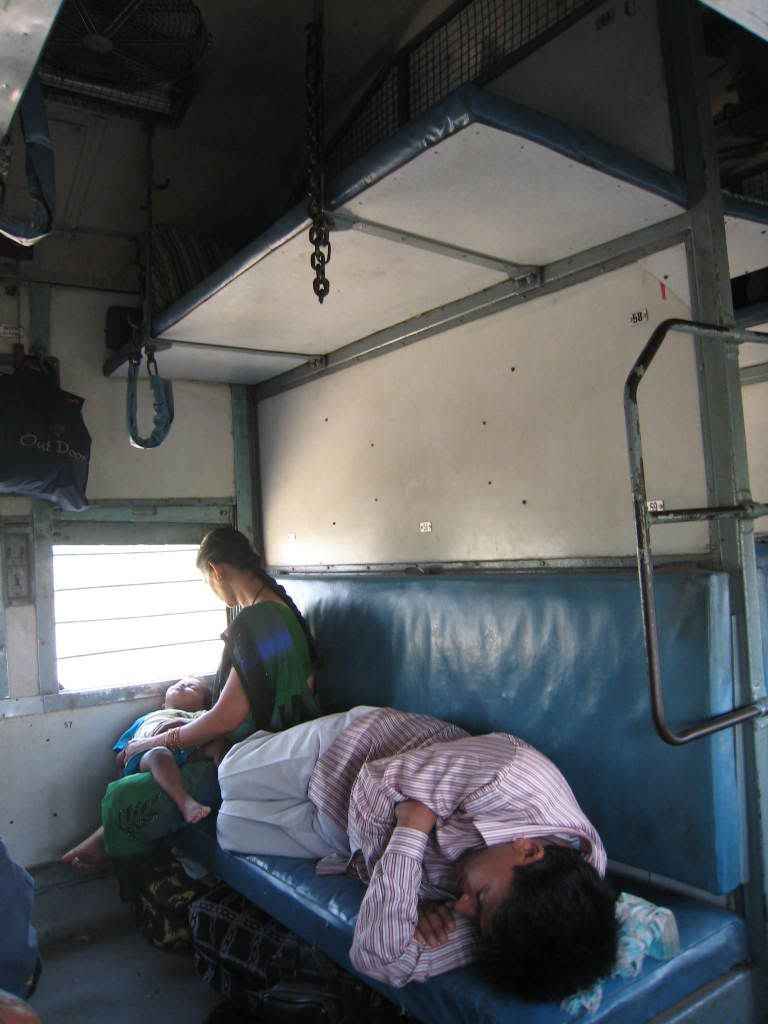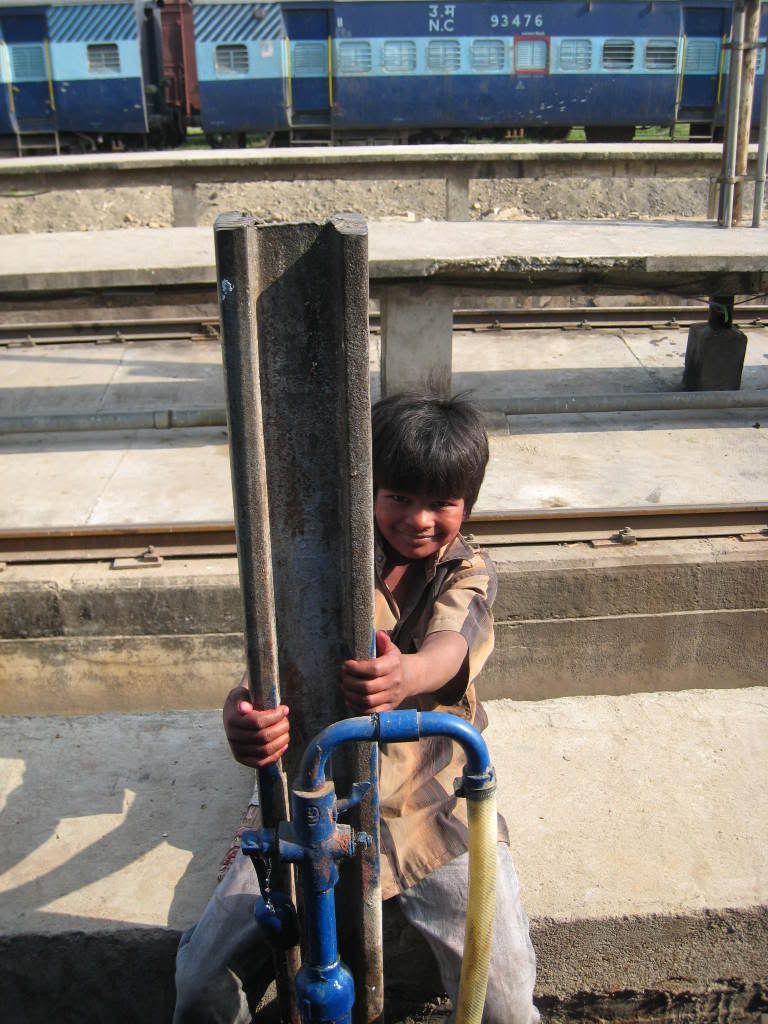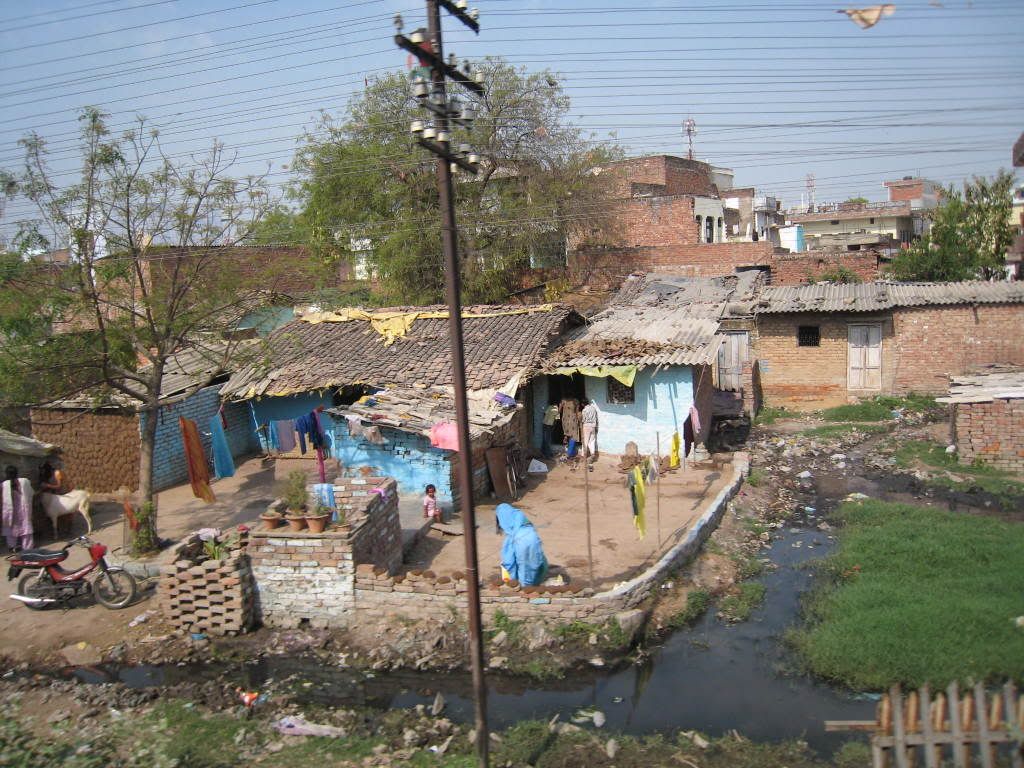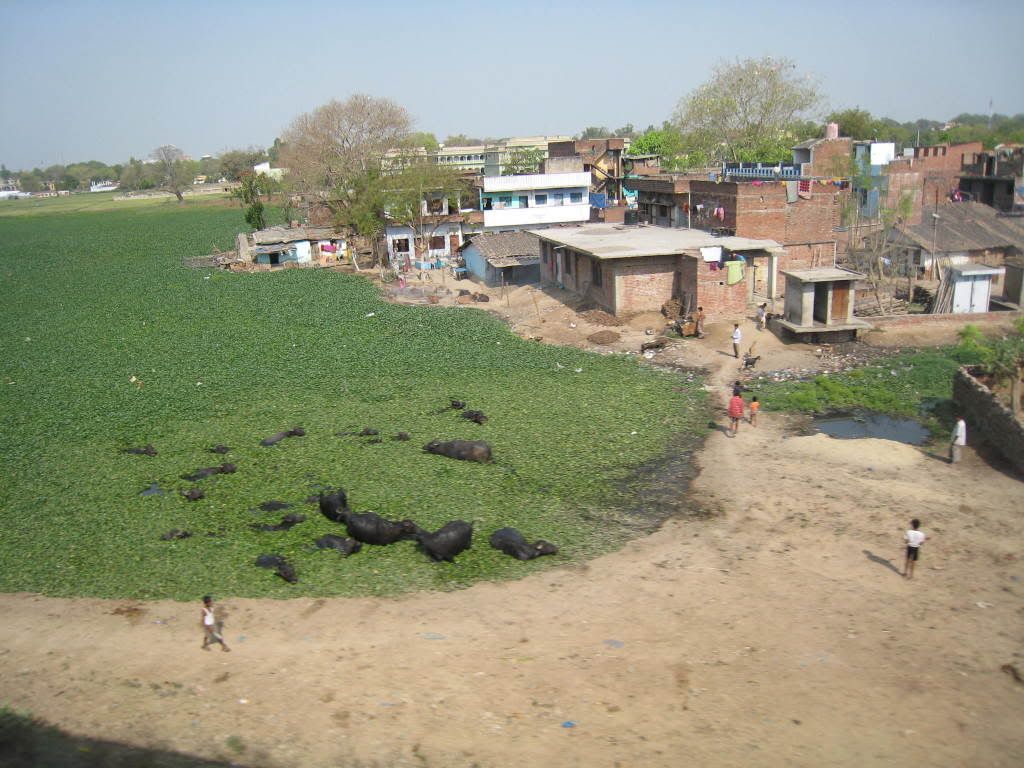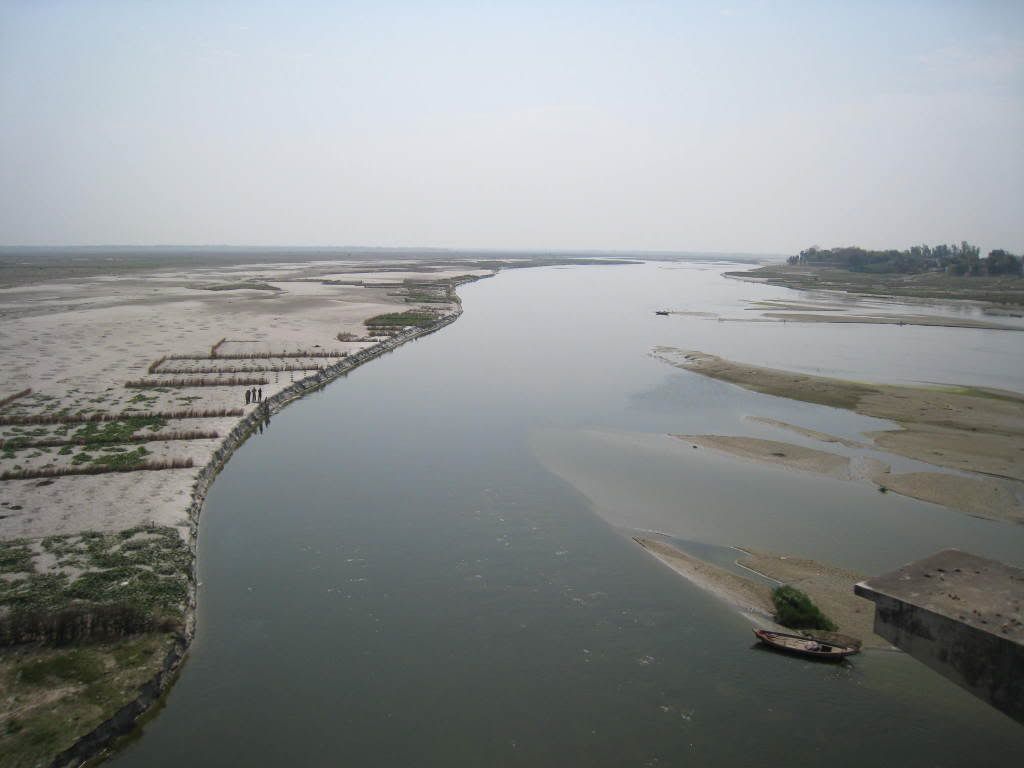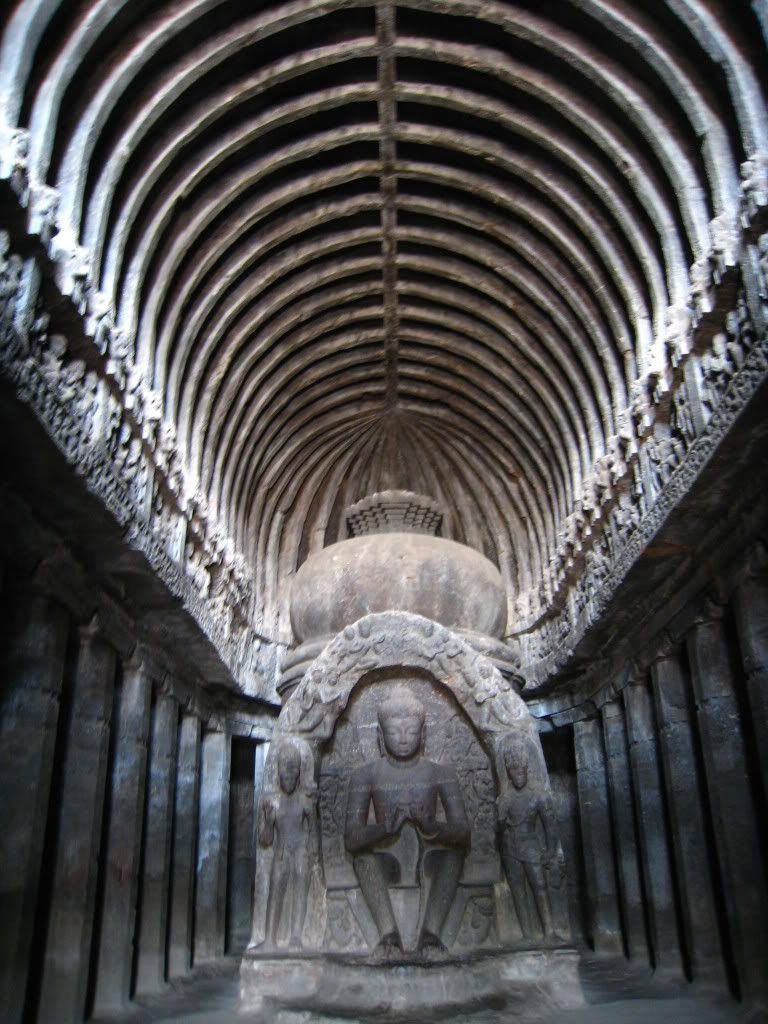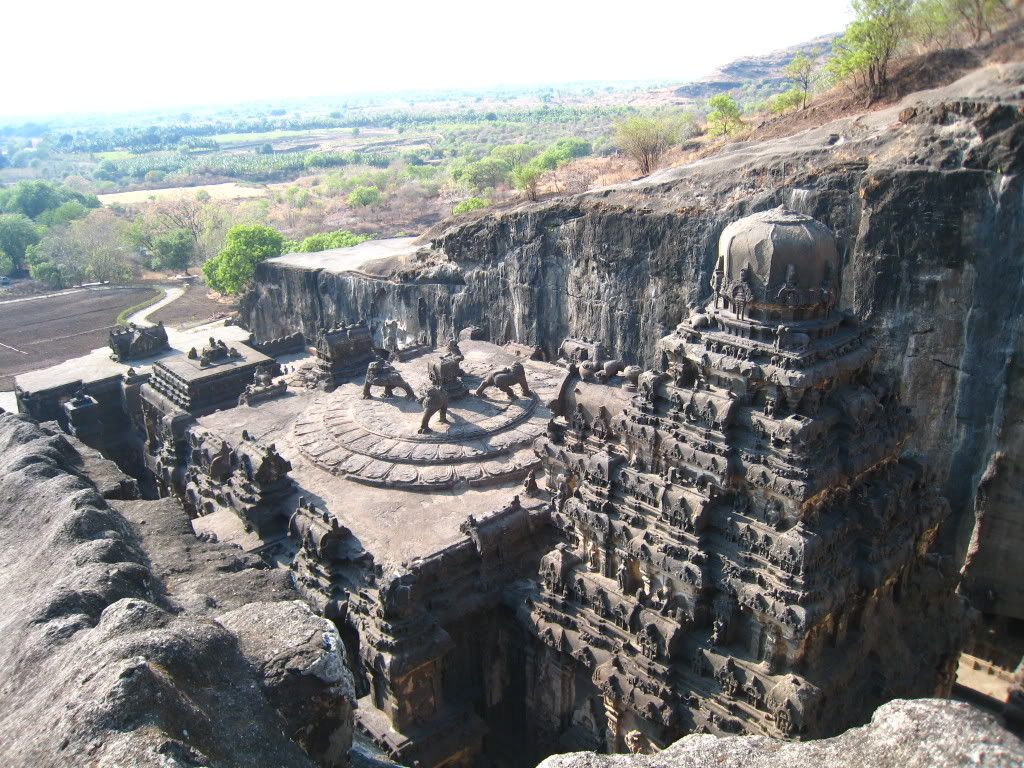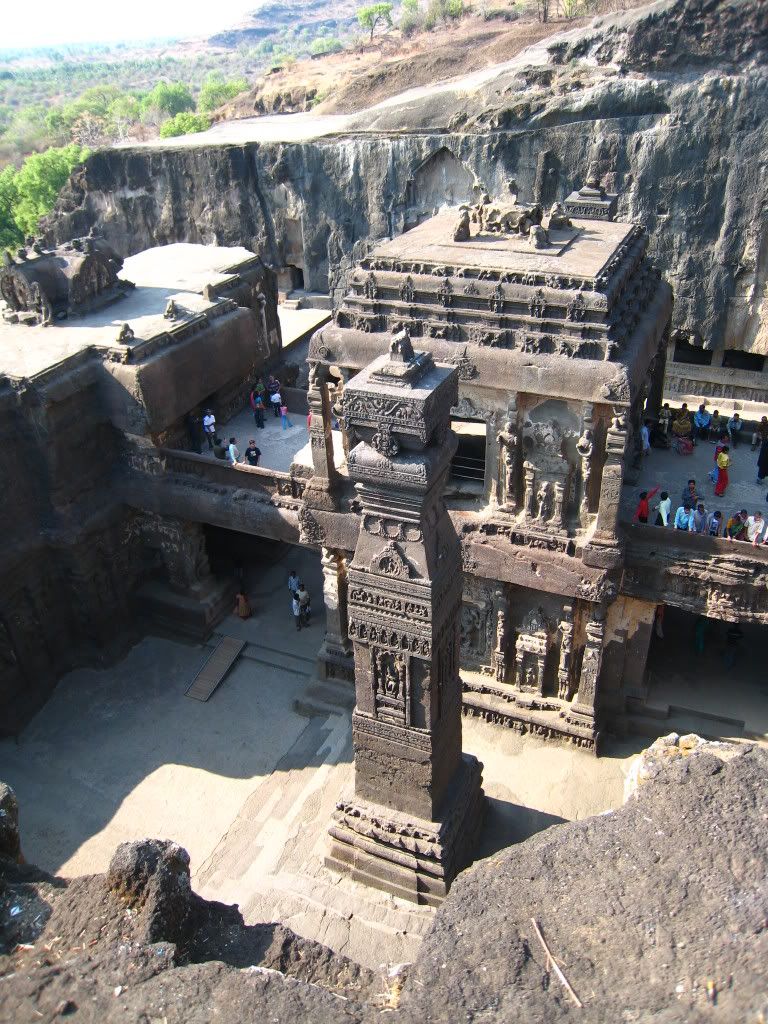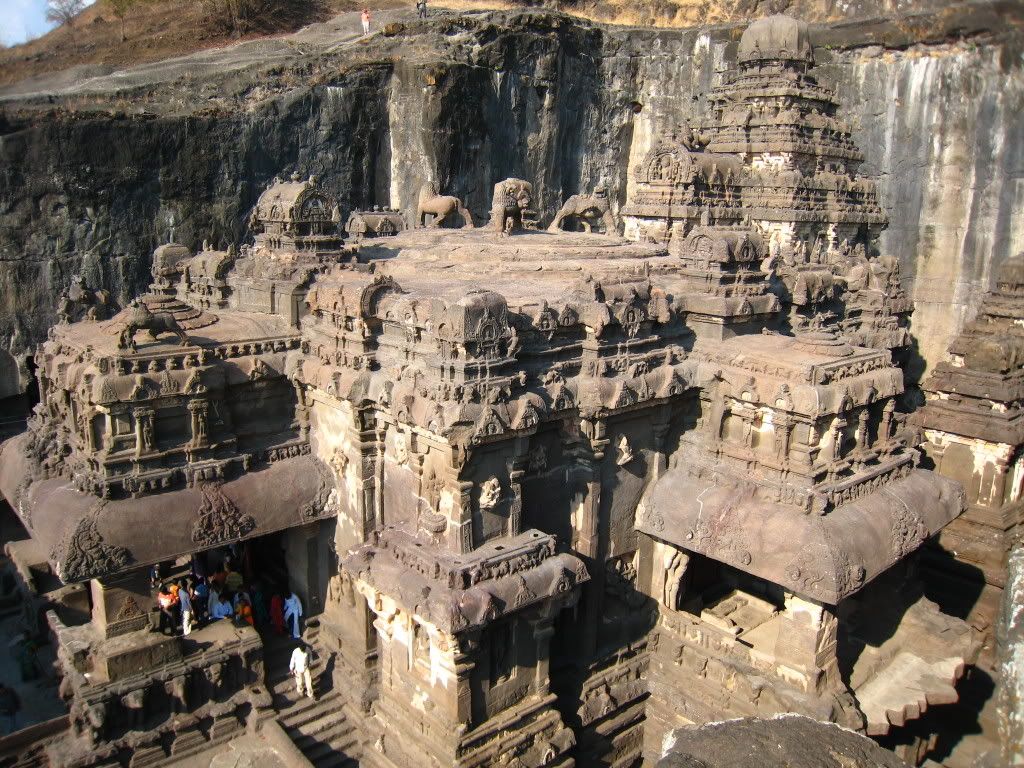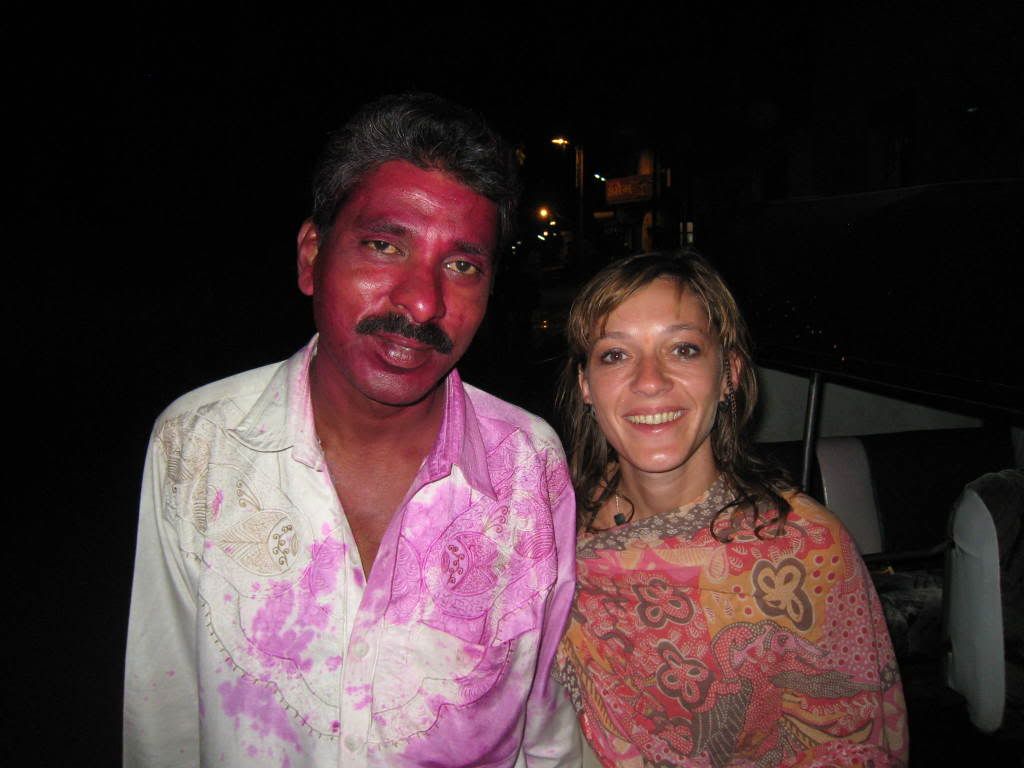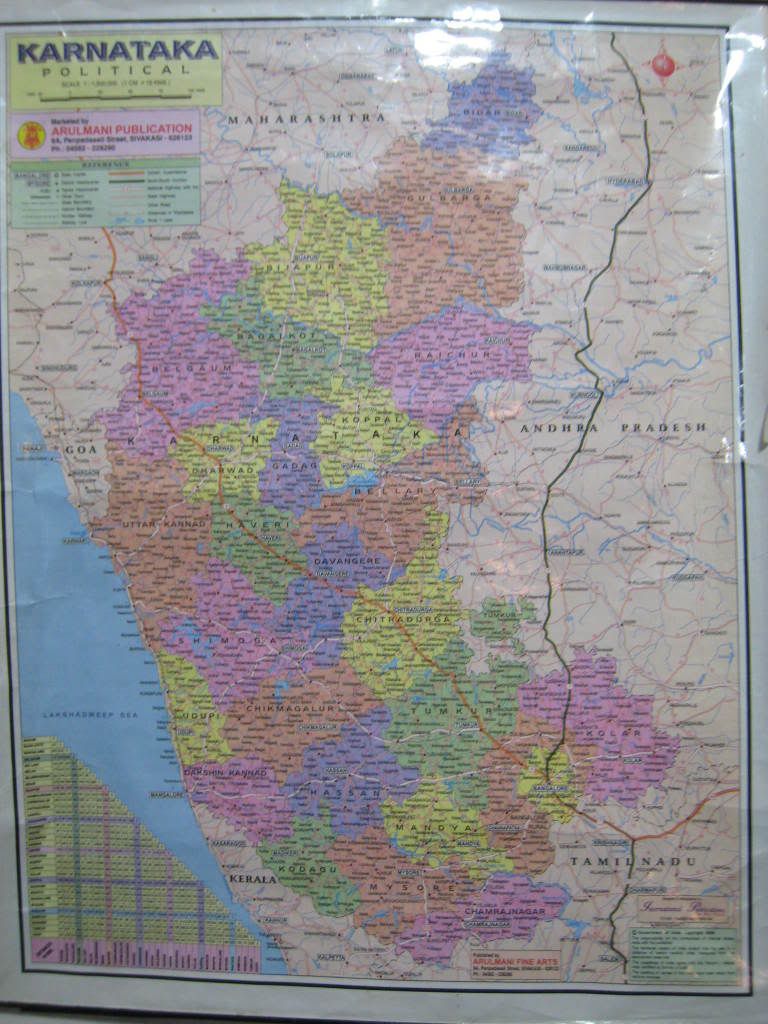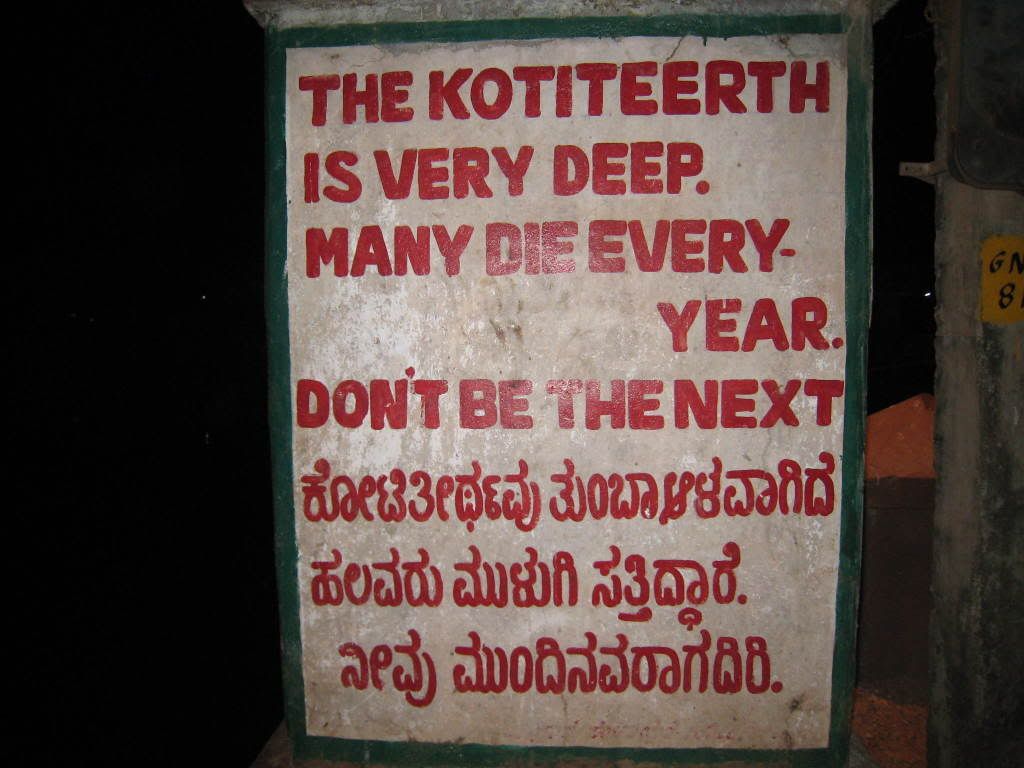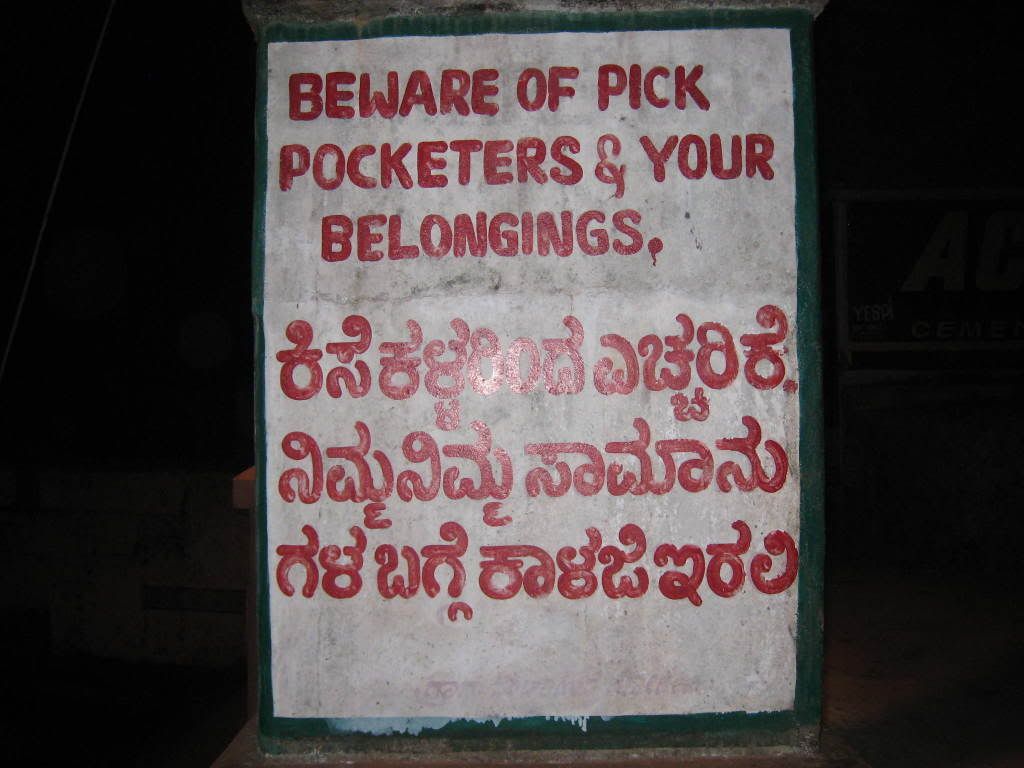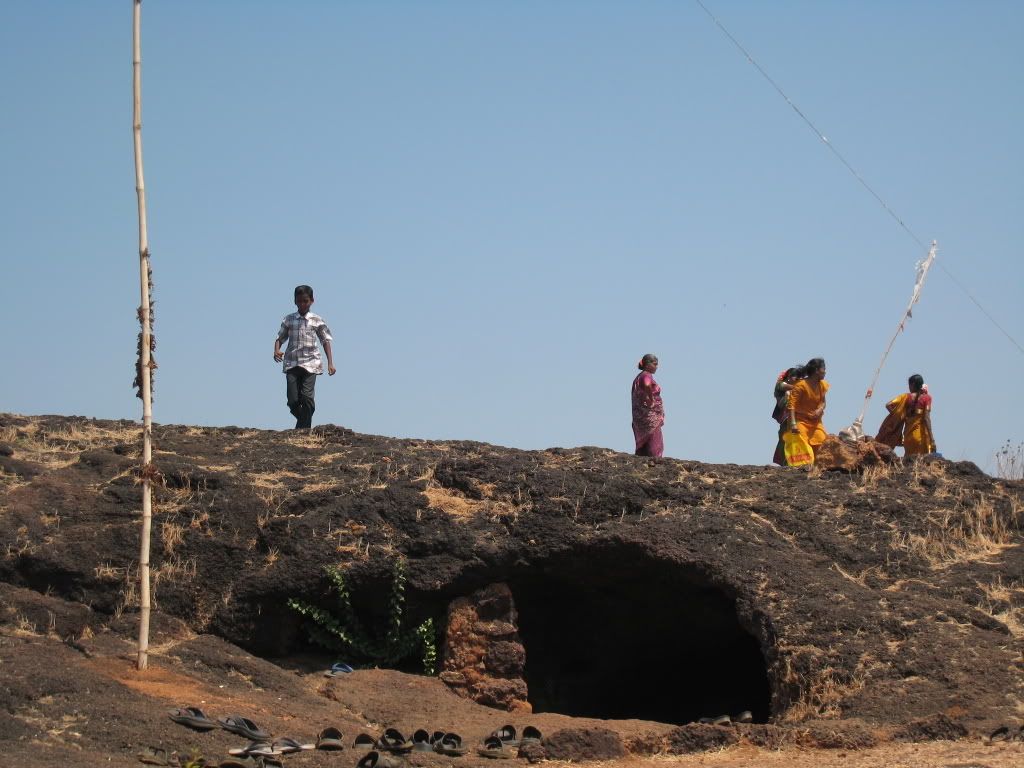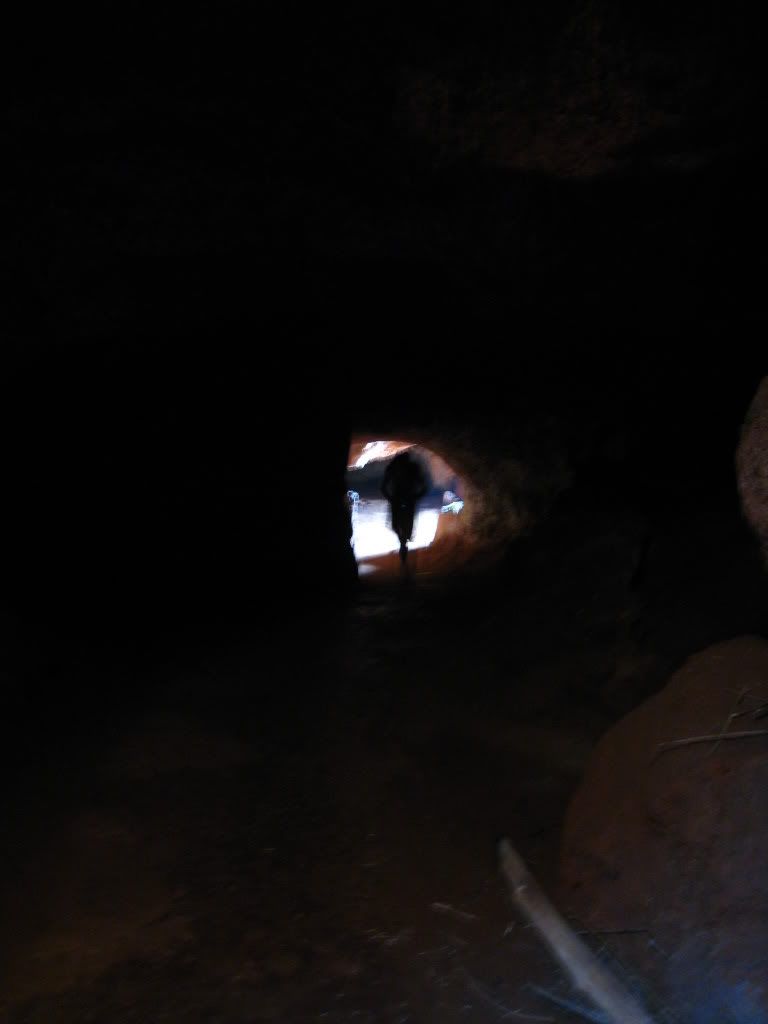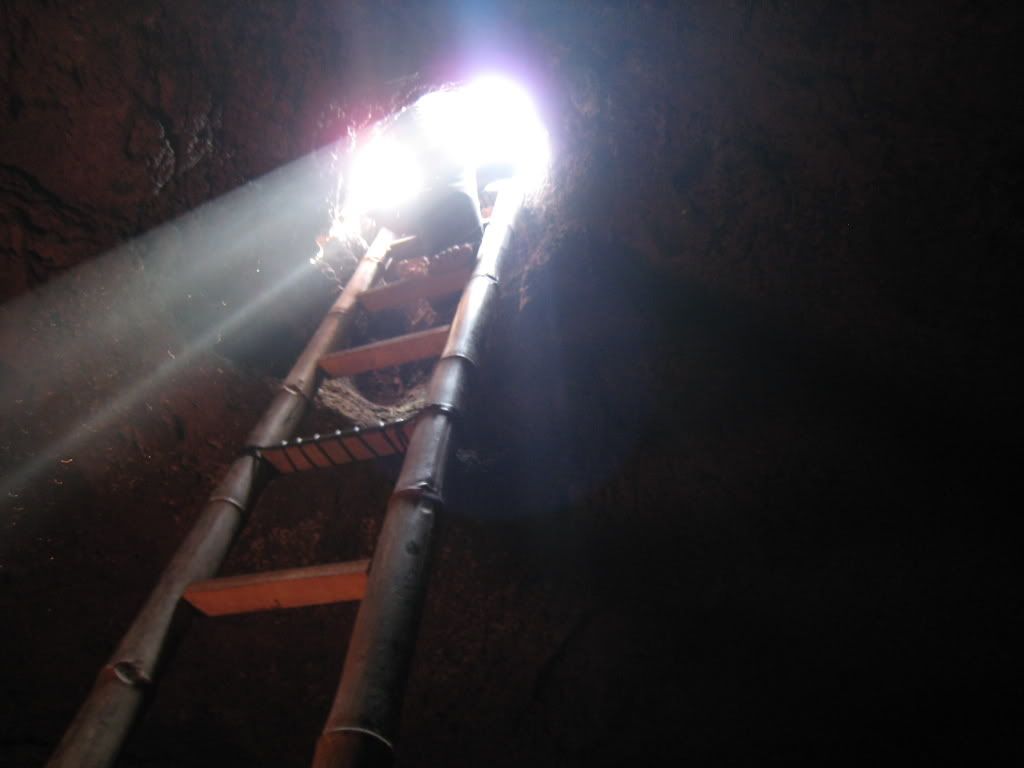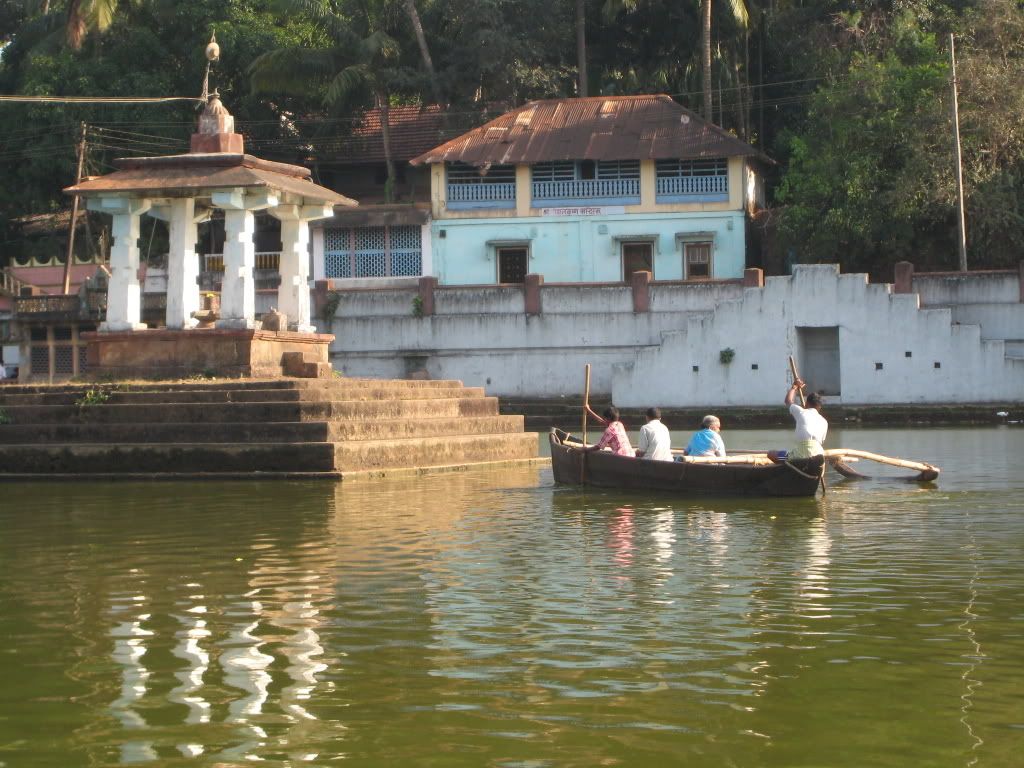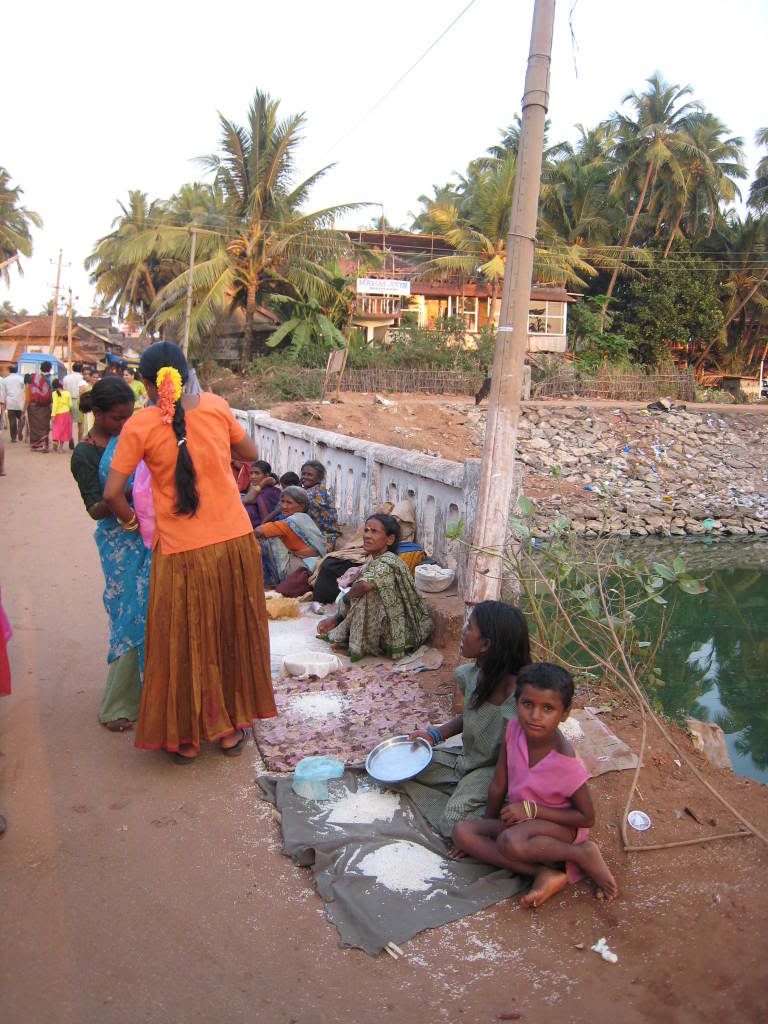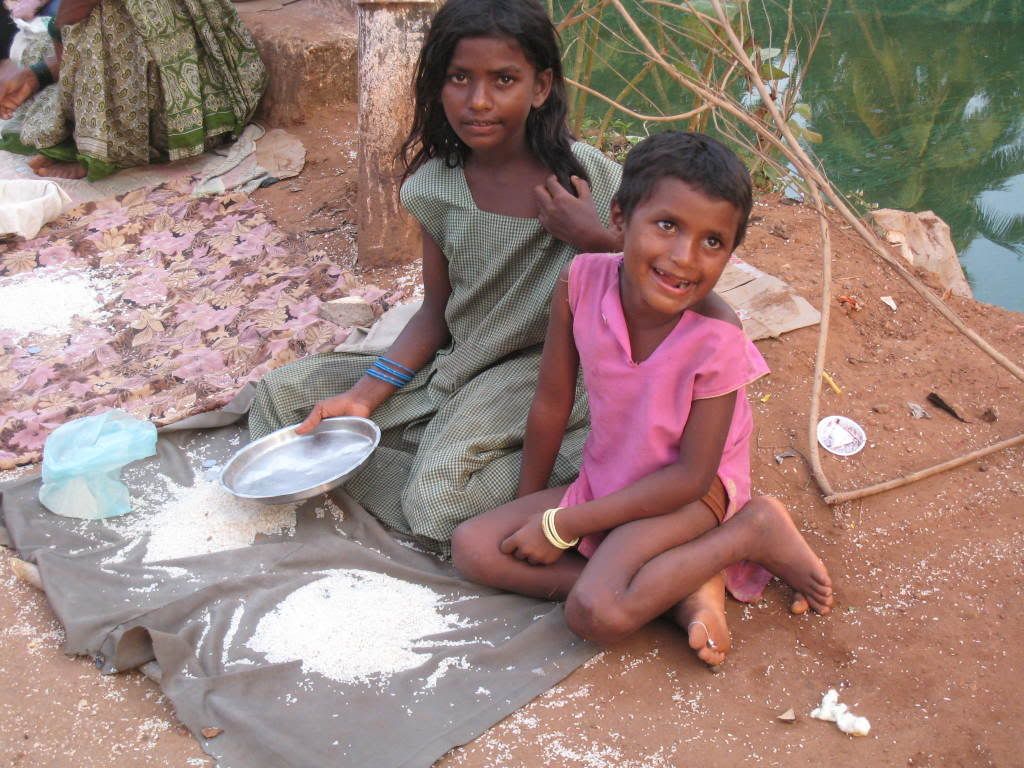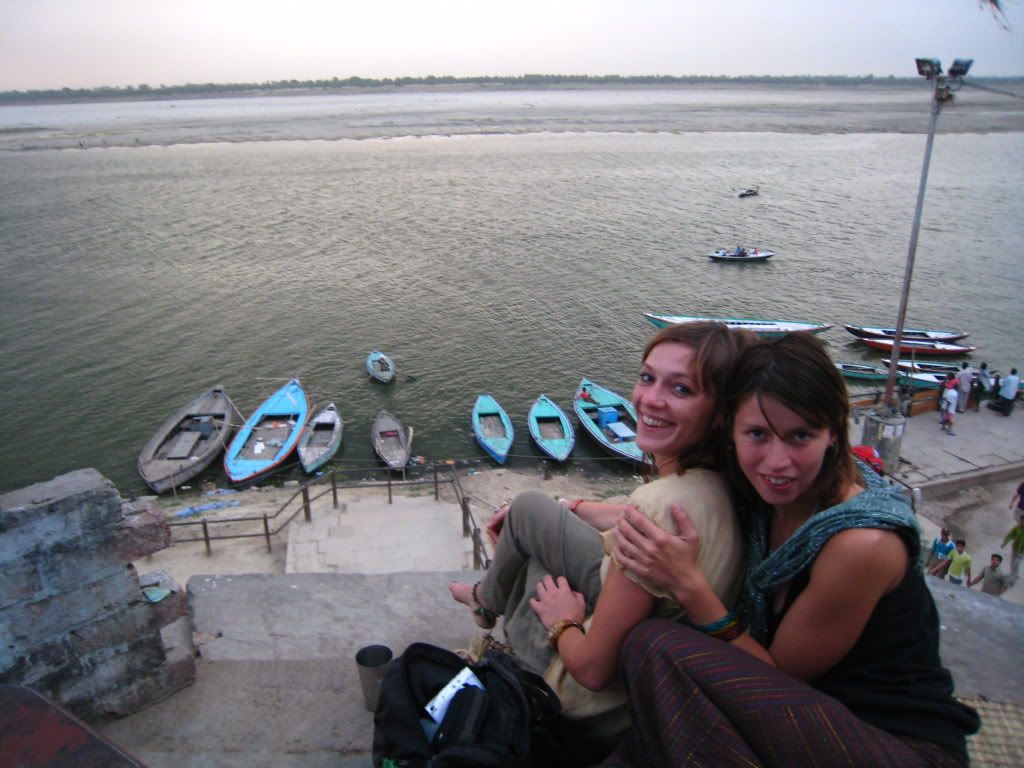


Varanasi, the city of Shiva, is one of the holiest cities in India. It was previously called Benares and Kashi (City of Life).
Hindus come to Varanasi to wash away their sins in the Ganges and also to die: expiring here offers moksha, liberation from the cycle of birth and death. Dead bodies, wrapped in silk cloth, are carried through the narrow paths of the old city on a bamboo stretcher to the ghats and they are doused in the river before being cremated. The price of the cremation depends on the wood used (sandalwood is the most expensive). There are two burning ghats: Harischandra Ghat, for those who have less money, and Manikarnika Ghat, the main one; both work 24 hours a day.


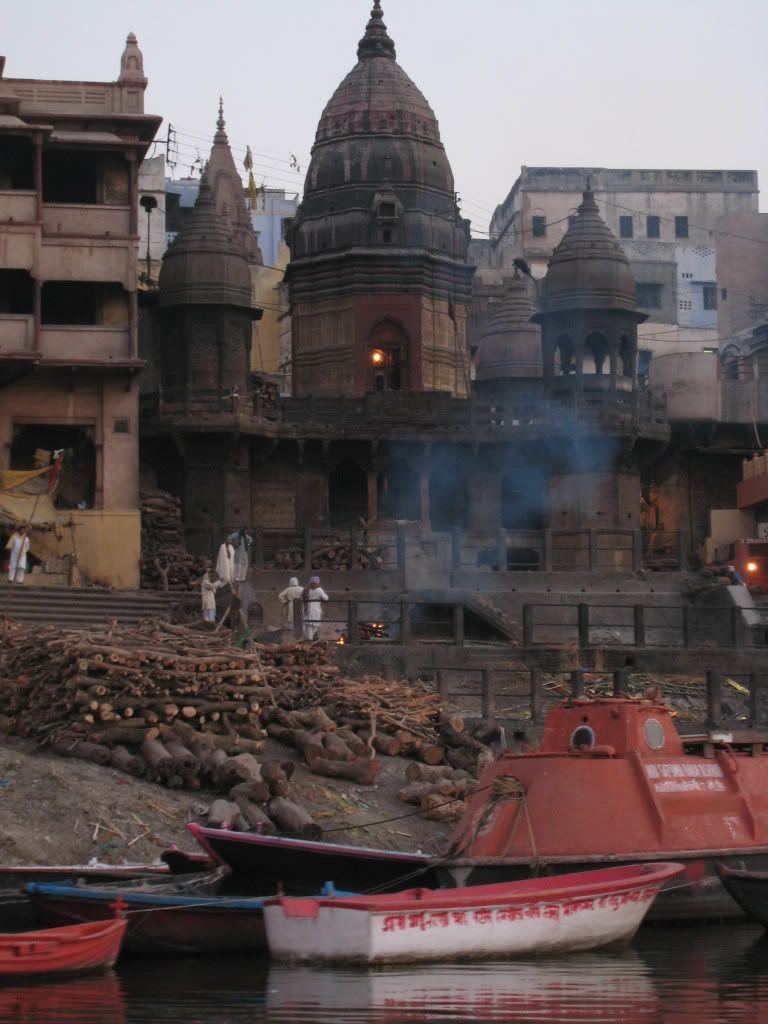
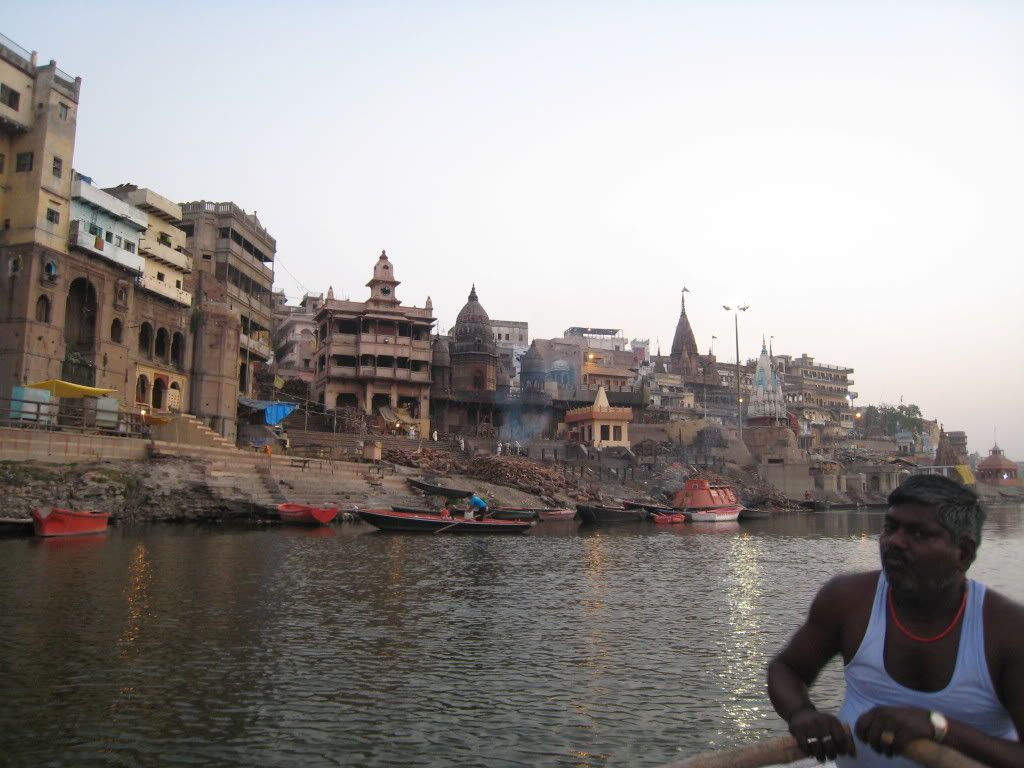
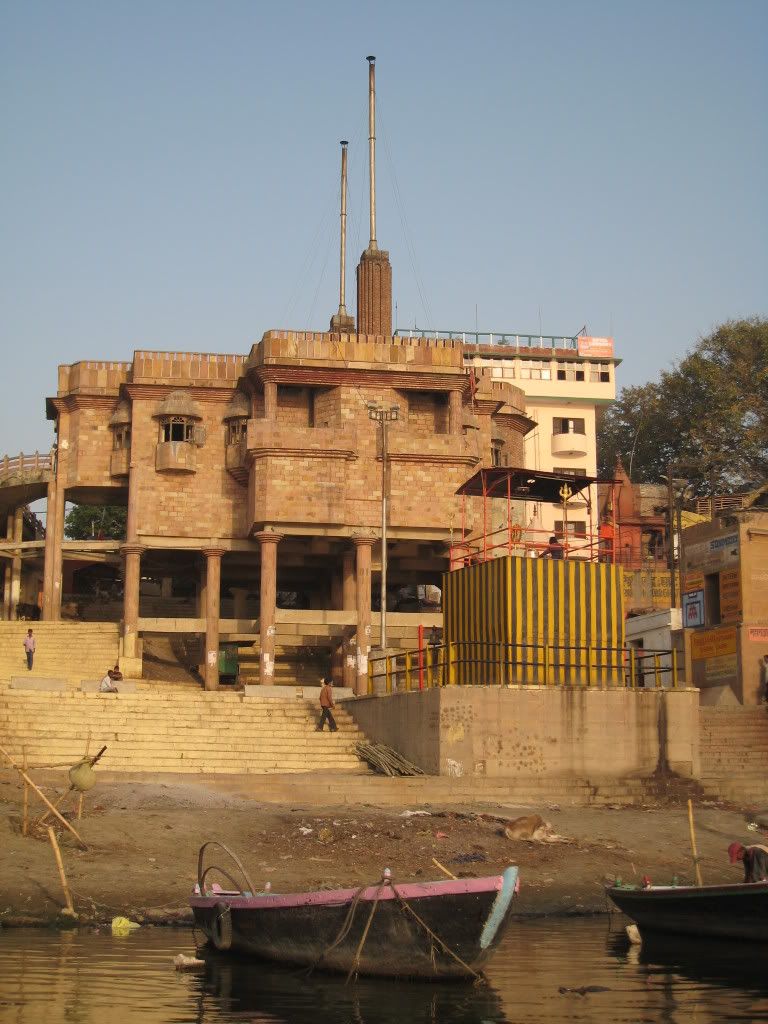
People come the to the Ganges (also called Great Mother) for a ritual bath, they perform puja to the rising sun and at sunset, but also to wash clothes, do yoga and meditation, offer blessings, sell flowers, postcards, play cricket, wash their buffaloes, improve their karma by giving to beggars... and worship Shiva who was born here.
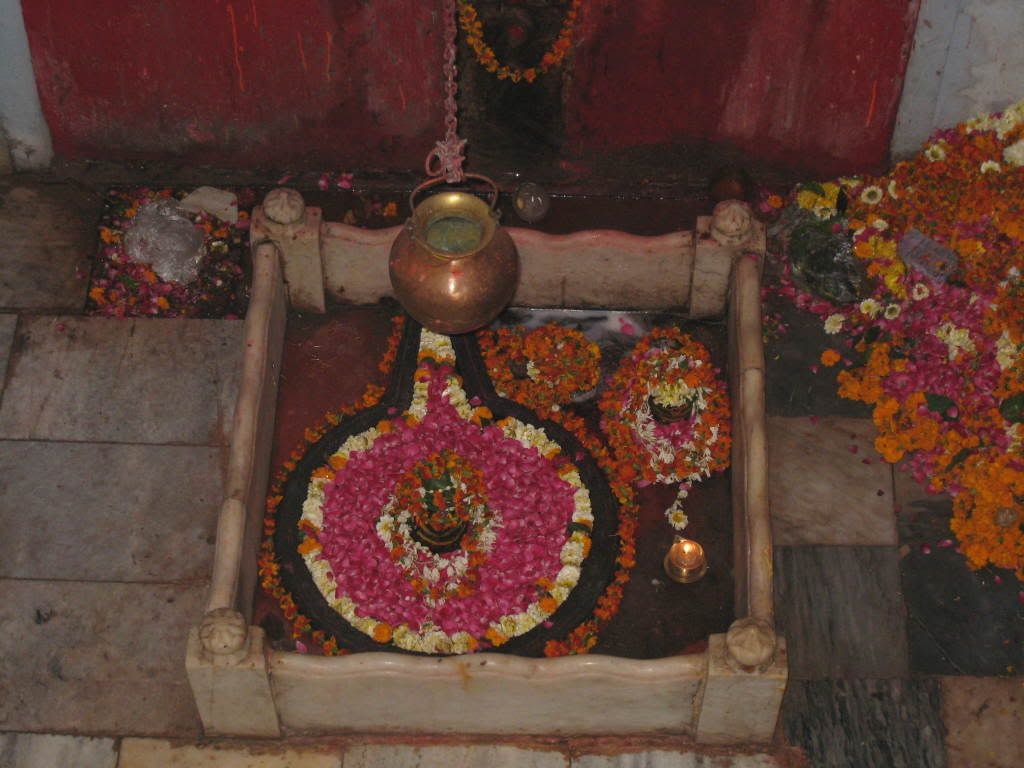
Shiva's lingam
The whole city lives thanks to and through the holy river. Varanasi is the beating heart of the hindu universe, a crossing place between the physical and spiritual worlds, and you can really feel the magic!
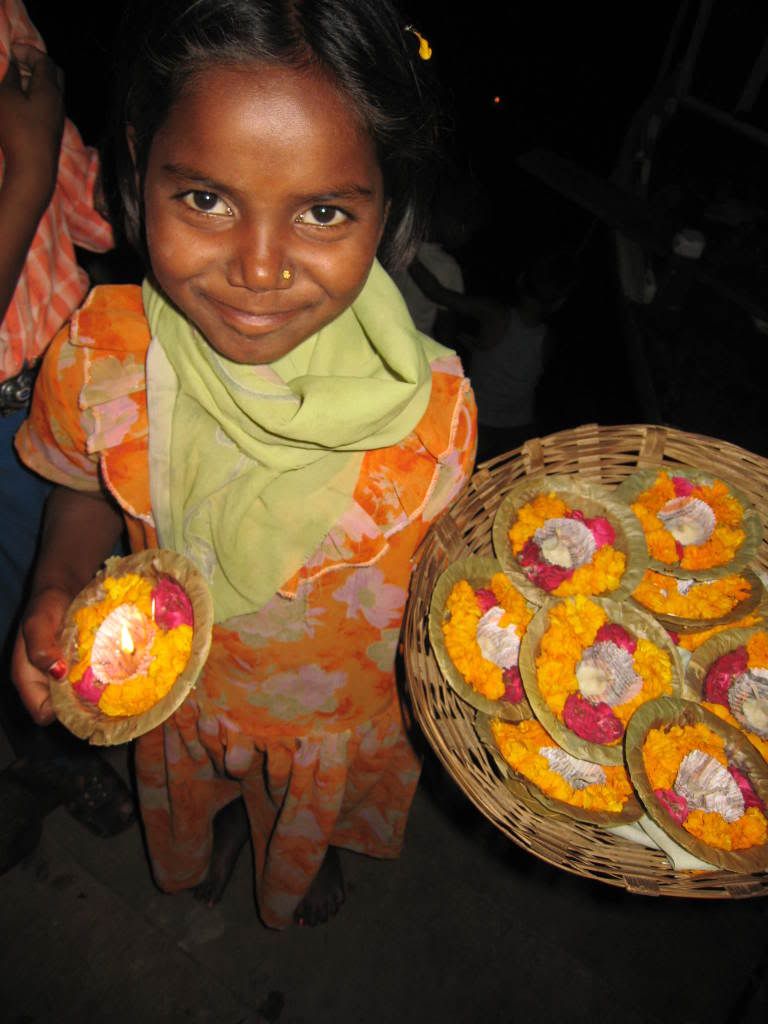
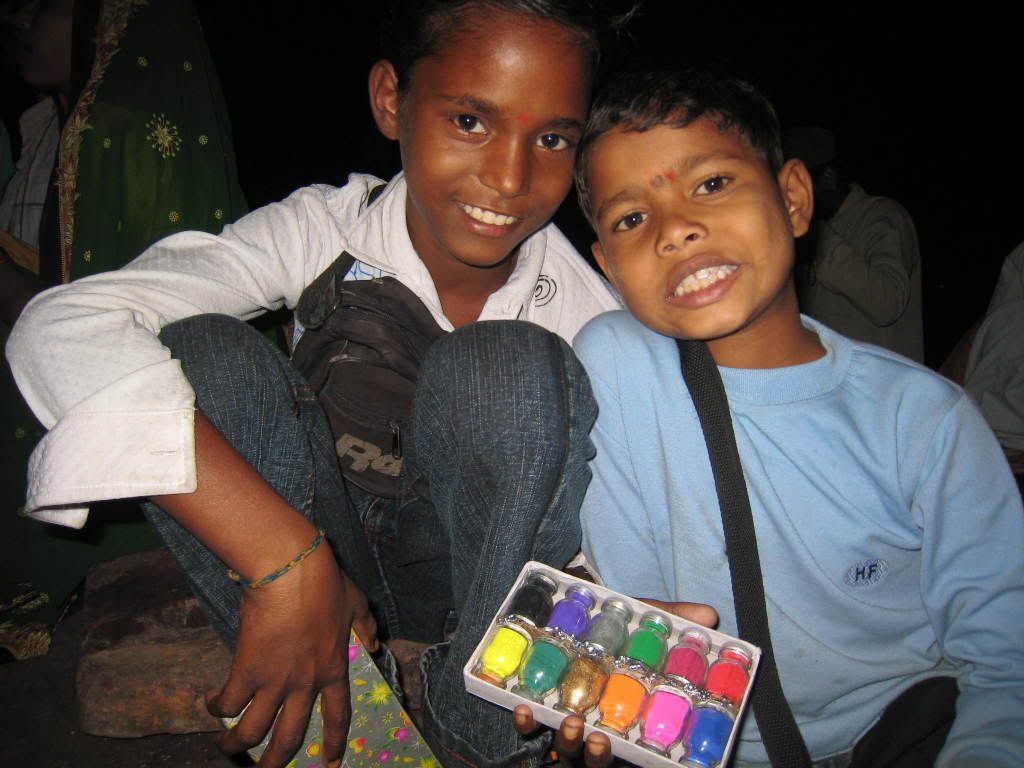
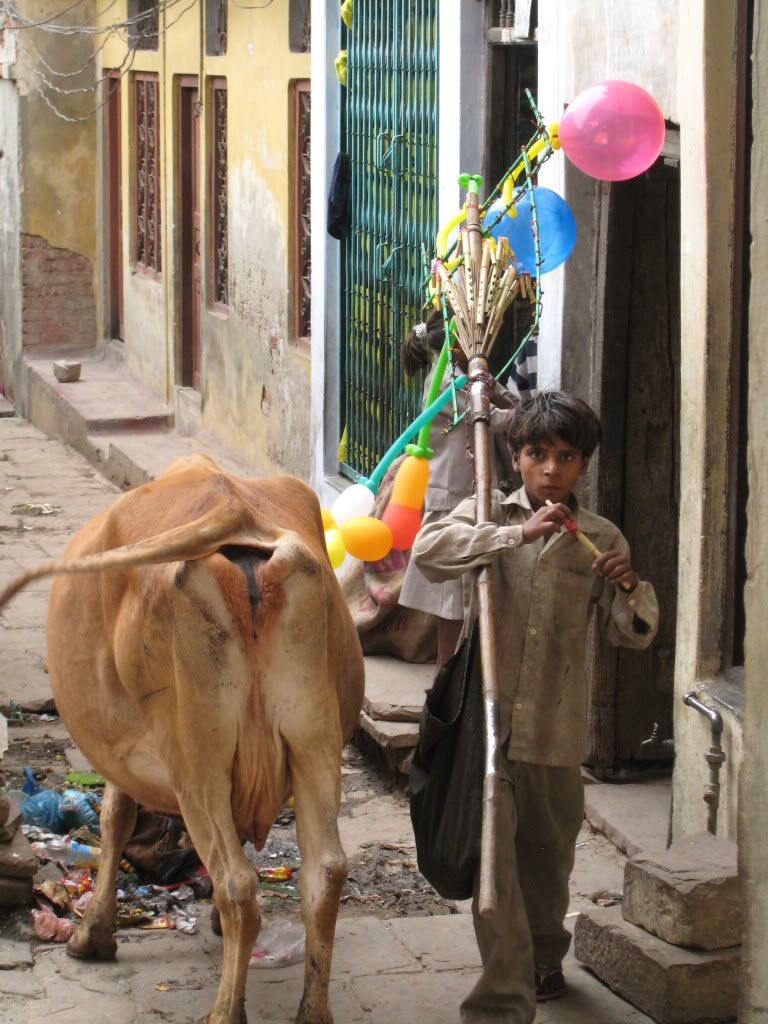
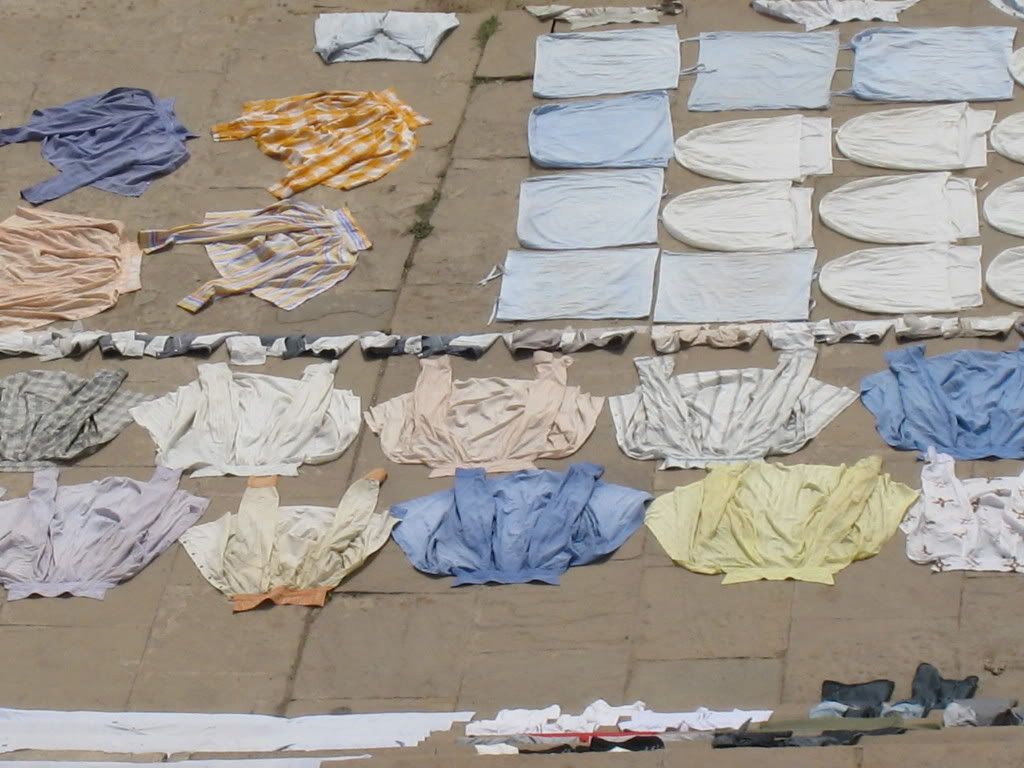
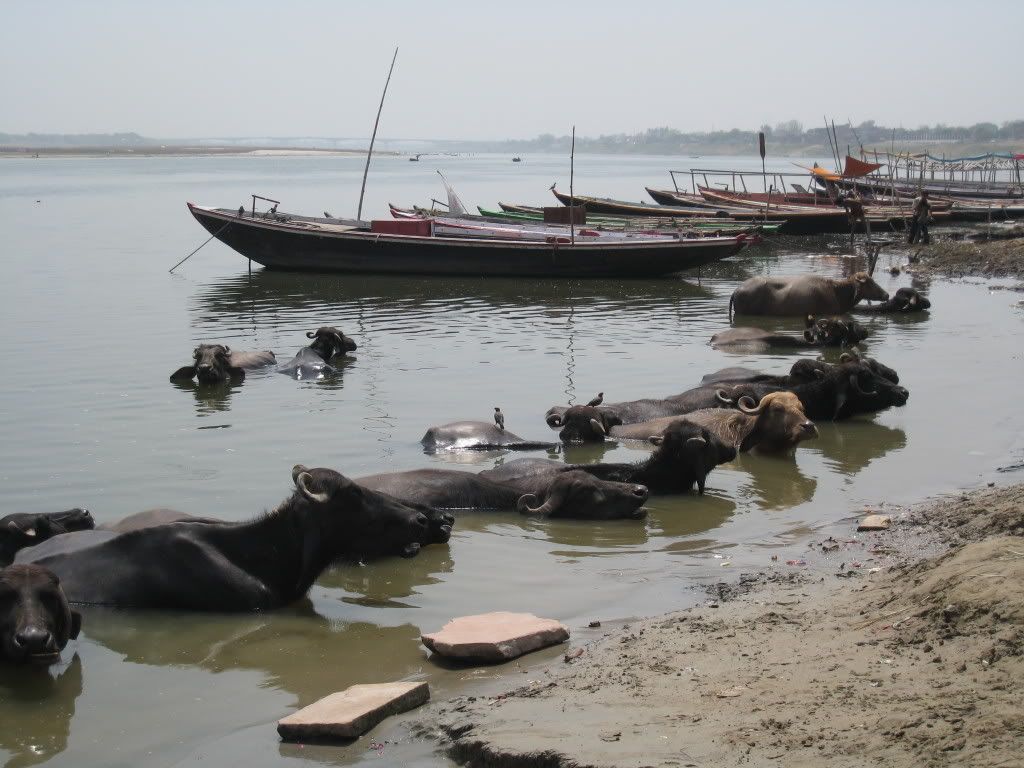
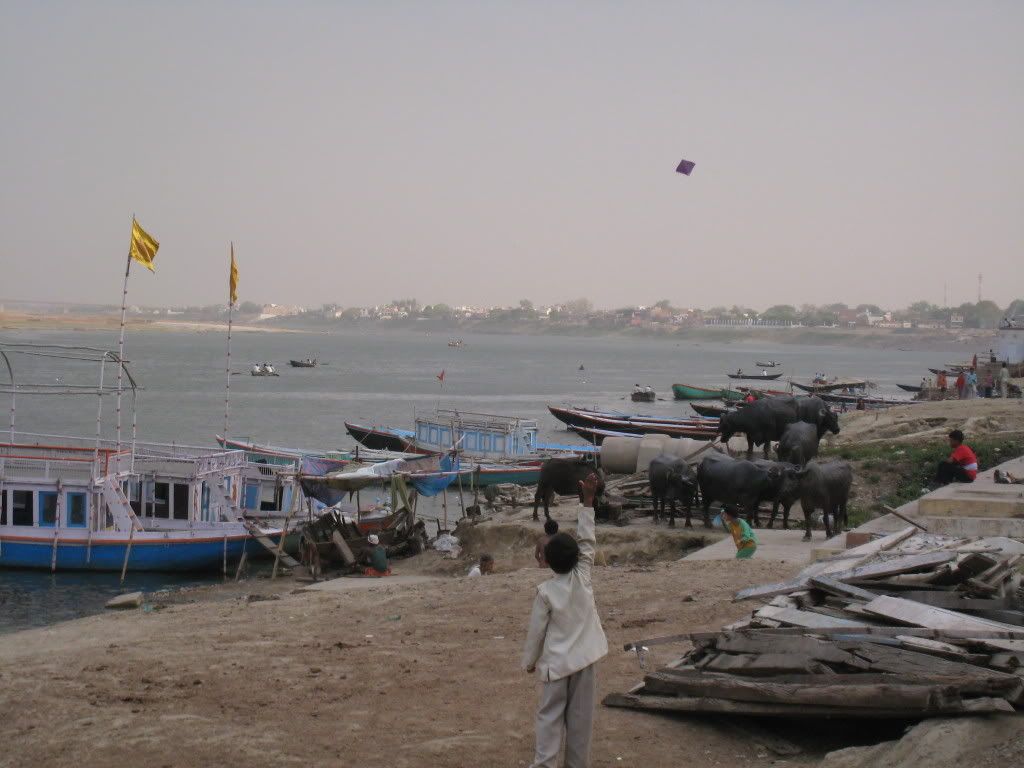
I met my friend Yos again here. He came to cook and give food to the poor. He prepared ayurvedic food: dal and rice (kicheri), potatoes, carrots and cauliflower fried in ghee (clarified butter) and mustard oil. Then he made (prasad): he offered it to the gods so that it has the deity's blessing residing within it. We finally helped him to distribute it to beggars, lepers and disabled on the main ghat... that was a very intense experience.

Many people live on the 80 ghats. We met Aghori Brahmins (priests who belong to the highest caste) who got rid of the material life. They don't have houses : "the universe is our home. We are free, this is freedom."

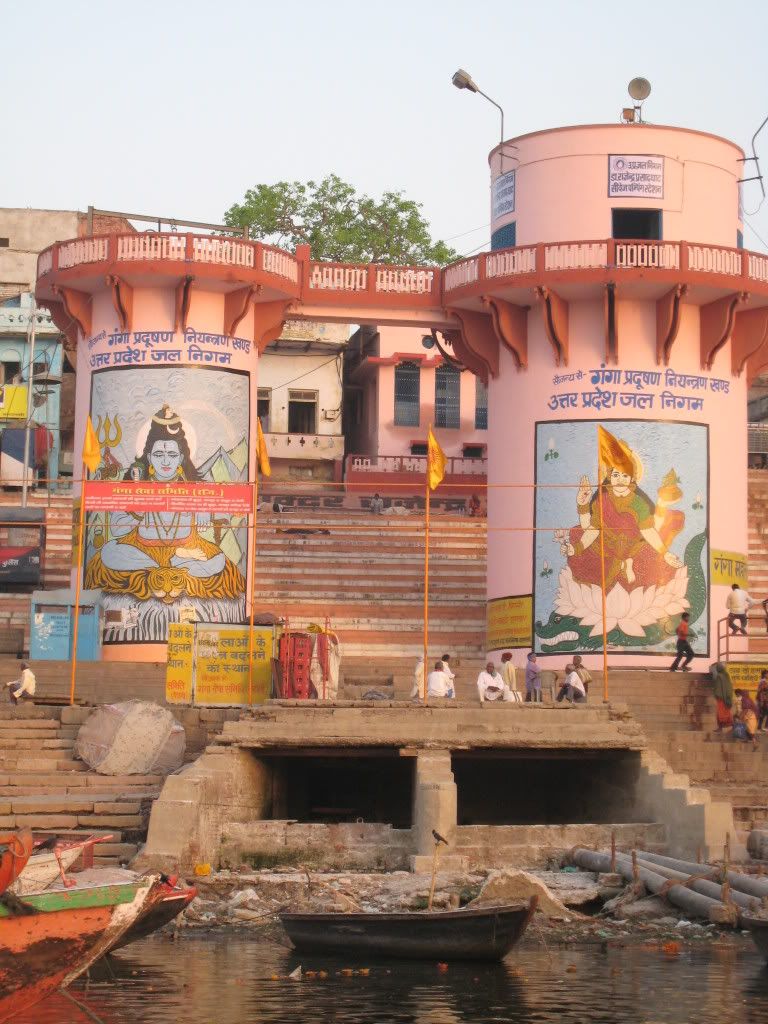
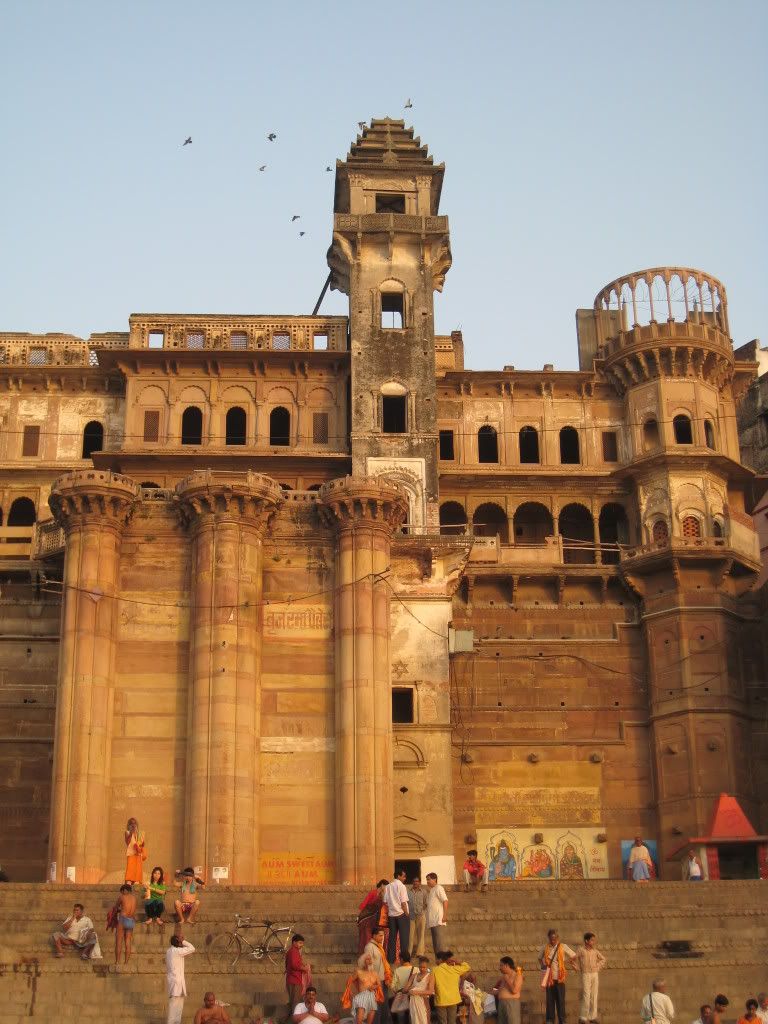


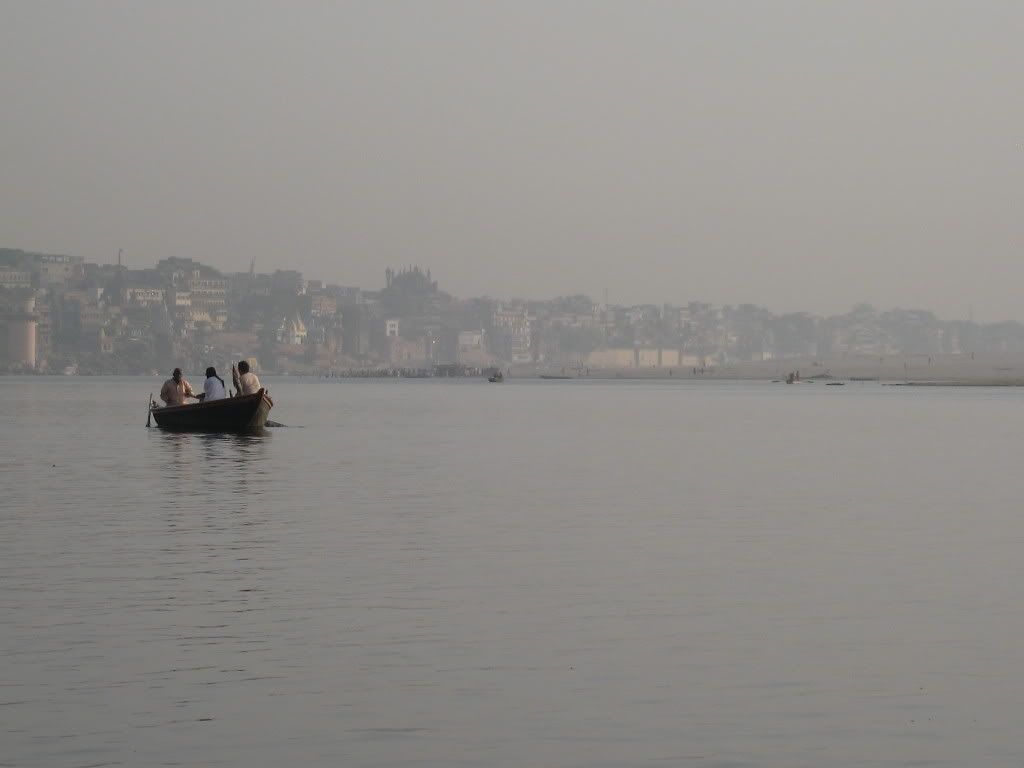
More pictures here !!!
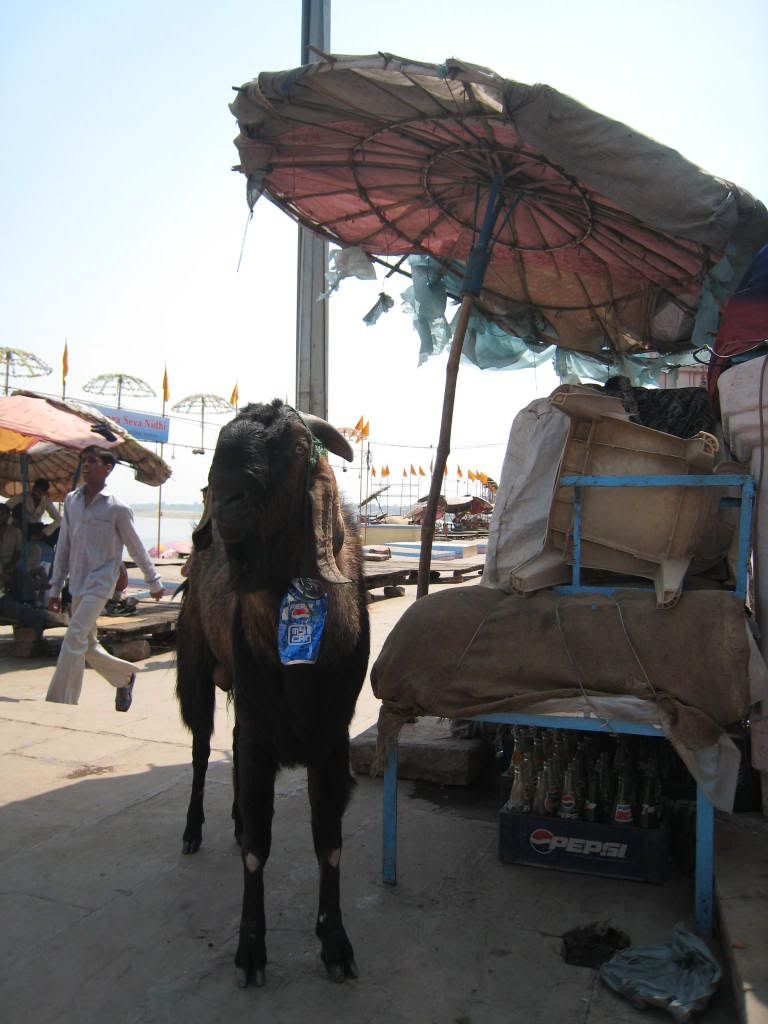
Listen to the traffic in the main street!

Listen to Indian music, live at Ashram music centre:
Flute:
Sitar:
Sitar and tabla:

